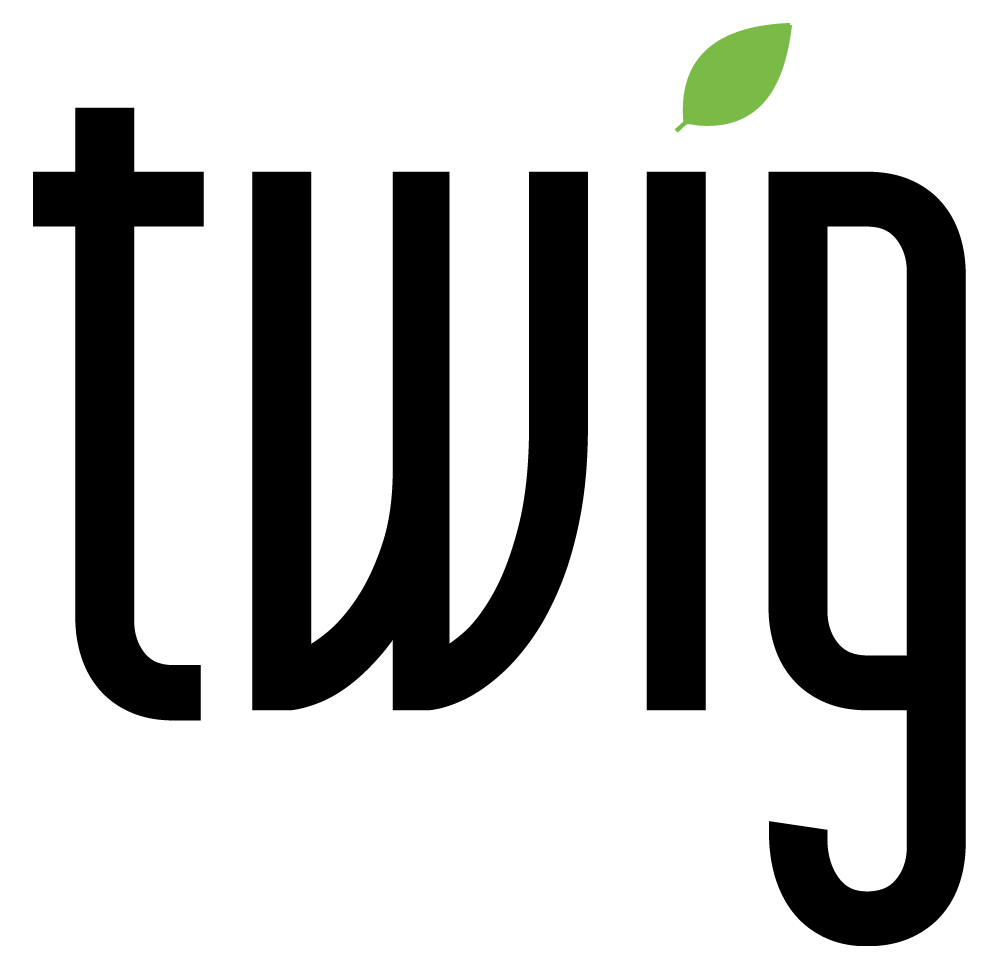If you are running a university and still have a pulse, chances are that you want to fill the corridors fit to bursting next year, to start making an inroad on the COVID-19 induced fiscal nightmare.
You have despatched digital imprecations to agents and pathways to build chances for international enrolments and recorded countless sombre videos emphasising your concern and support for current students, but ultimately, your job is on the line if you don’t get seriously good domestic enrolment numbers to shore up baseline revenue in 2021.
After years of discussions about the merits and equity of university selection based on the ATAR, perpetual in-house discussions about the antiquated and cumbersome system of allocating school leaver places and breakout movement to encourage new approaches to student selection, it is not policy, logic or pragmatism that is finally signalling the potential demise of the tertiary admission centres – but rather the whirlwind of disease.
Months after COVID-19 first hit our shores, many year 12 students emerging from lockdown still don’t know when they will get their results or their university offers. While the results are the responsibility of state curriculum authorities, it is the monopolistic state-based clearing houses for university results – VTAC, QTAC, UAC (NSW), SATAC and TISC (WA) – that now appear at risk of irrelevance as a growing number of universities open the gates to direct entry.
There hasn’t been a year in recent memory when domestic enrolment growth and market share has mattered so much. At the same time, there hasn’t been such a fragmented, ineffective approach to engaging with school leavers in recent memory. Physical expos and open days are largely cancelled, with digital channels becoming crowded with on-line events of varying effectiveness.
While universities have taken direct applications for postgraduate and mature age candidates for some years, the school leaver market has been a sacred cow for most institutions – with the large majority of students herded through the TACs, as they are colloquially known.
Swinburne, La Trobe and Charles Sturt universities have now joined most in WA, and others across the country, to abandon sole fealty to the TACs and make direct offers to school leavers alongside the traditional options.
Given the tremendous contestability and unpredictability of the domestic market for 2021, the only surprise is that it has taken many universities this long to break ranks. Allowing students to secure an offer early, in one of the most disrupted and uncertain years in recent memory, offers a tremendous opportunity to lock in domestic enrolments and indeed grow numbers within whatever cap flexibility can be negotiated with the Federal Government between now and Christmas.
Sandstone universities will no doubt prevaricate, hoping their strong brands and high ad spend in the second half of the year will be enough keep the turnstiles whirring into February next year. But as students recognise the value of locking in an early offer and universities get the opportunity to better manage load, improve communication with recruits and prospective students, it is hard to see universities returning to the bad old days of an exclusive TAC stranglehold on doling out university places.
Imagine designing a system where a young 17 or 18 year old writes down their preferences for two or three courses, and then gets isolated in a mysterious exclusion pen so no other universities can contact them for months.
During those months the student finishes his/her exams, goes to schoolies, cries or cheers when they get their results, embarks on a long and complicated family Christmas holiday and then while they are away at the beach, finally get an offer to one of the courses they had expressed a passing interest in four months earlier.
Alternatively they don’t get a first round offer. Don’t get a second round offer and then they pass into a pool of hundreds of thousands of students who wanted to get to university but aimed for the wrong course, or were sick during exams, or were having trouble at home – and they are simply passed over, never to receive a university offer despite their potential.
They may be ready to excel in a university environment, but they have to spend maybe five months in a system which yields them nothing. I have spent a while examining the potential of thousands of students in this pool and there is unambiguous proof that many are well equipped for a university career – including many with high ATARs who have just missed out on courses with very high cutoffs.
Meanwhile, students who have been hot-housed throughout year 12 and get a stunning ATAR swan into courses that many soon find they struggle with or don’t like.
Of course, you say, the majority love the course they get into, don’t they? Well, actually no. A few years ago, I conducted research with more than 1000 first year university students, asking about their course selection and communication usage. More than 50 per cent said they would have chosen a different course if they had better information at the time they applied.
The existence of TACs is ultimately not the problem – they are organisations set up by universities to make the process of sifting through student applications easier. But their ponderous timelines and processes mean they are not the solution for the future either. At a time when many universities can make on the spot offers to postgraduate applicants, the idea of forcing school leavers through a cattle race for four months where they have no option but to wait in the dark until some university mysteriously decides to offer or not offer them a place is an antiquated way to serve the aspirations and dreams of our young adults.
Our school leavers deserve better – and for all the trauma it has caused, COVID-19 is bringing it to them. Universities not seeking to optimise their 2021 enrolments through direct applications, circumventing the TACs, will have a long, long, eight months ahead waiting to see how their market share holds up.
Tim Winkler is Director of Twig Marketing, Australia’s first higher education strategy and marketing consultancy

